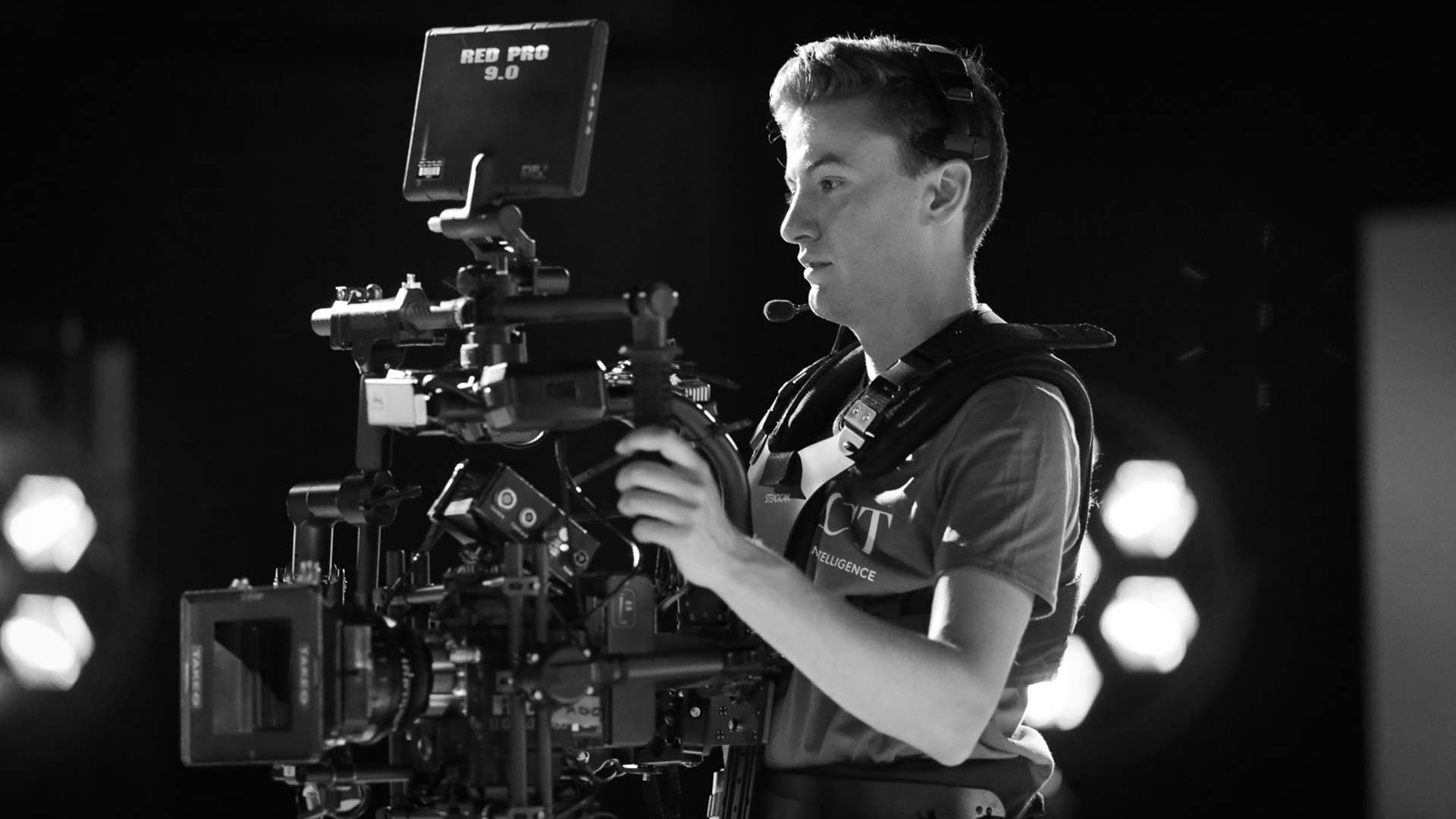2 – Semi-Pro Requires someone with experience using somewhat sophisticated camera kit and video editing software. Think typical ‘corporate’ film and help content; e.g. case studies, service / product films, or recruitment videos. 4 – Premium Add top-level talent, high-end kit, and more time to the ‘professional’ to elevate your production to something exceptional. Benefits: A ‘stand out’ piece. How do you set your budget? Before you can set a budget for your video content you need to be clear on what you want to achieve and determine what resources you have available to you. If you are simply conveying information to an interested audience, the professional level is often sufficient without sacrificing brand credibility. Do not expect to pay a semi-pro rate and get a professional product. This adds cost and erodes quality because the time is invested in all the wrong parts of the process. Make sure they know your industry and understand marketing — not just video production!
What do you think about this?
Interesting
Not Interesting
Share
Tweet
The million-dollar question in our business is always “how much does a video cost?” – the answer is … “it really depends.” Video production can be especially challenging to price, with quotes often varying wildly; “why?!” we hear you cry… Here is a useful overview with a few handy tips to give you a better understanding of what drives production costs, how to select the appropriate investment for your content and how to get the best from the budget.

There are many things that drive costs on a production. You can probably guess some of the more obvious ones:
- Time. The more time that is spent in pre-production preparations, scripting, storyboarding, location scouting, shooting and editing the better the final production quality will be; but ultimately: more time and or more people, equals more money.
- Talent. Will your content feature people? If so, do you have contributors who will take part or do you require casting? A recognisable voice, a renowned actor, or just a room full of extras can all add enormous value to a piece of content. As with any other business: talented and experienced people tend to cost more.
- Travel. How many locations will be featured? Do you own these, or will permissions be required? Using multiple locations can help you tell a richer story, and moreover controllable environments can ensure that you achieve the shot framing, lighting and creative approach set out. Location requirements not only impact on the preparation time needed in terms of research and negotiations, but also crew hire time – which as noted above (and as the old phrase goes…) time is money.
But less often considered because it’s less tangible, but no less important, is Production Value.
We’ve all watched that film that looks amazing versus a bland alternative. As the technology of cameras becomes democratised and the entry level cost to making a film has decreased it is invariably other factors that make the difference – the right creative ideas grounded in brand strategy, storyboarding to ensure a good idea actually works in film, innovative camera techniques, lighting and specialist DP/gaffer expertise, a dynamic and well considered edit, sound mix and sound design, grade – these elements all contribute to the final output and whilst individually might not feel that significant, collectively can be the difference between lack lustre and stand out.

So, with the cost driving factors in mind; what constitutes a ‘low-cost’ approach, and what approach means a ‘bigger investment’, plus how do you decide which to use, and when? You can (roughly) group video investments into five levels:
1 – DIY
The do-it-yourself approach, generally self-taught and using basic video equipment. Think UGC, live social media streaming as well as simple talking-heads style video blogs.
- Benefits: Fast and inexpensive, as well as potentially appropriately authentic.
- Risks: The results will often look DIY and could erode your brand credibility if not used appropriately.
2 – Semi-Pro
Requires someone with experience using somewhat sophisticated camera kit and video editing software. Think events filming, standard talking-heads and sometimes internal training content.
- Benefits: Better quality, while still achievable in quick turnaround timings and very affordable.
- Risks: Wide variations in quality, often more ‘functional’ content with a simple and un-dynamic camera setup.
3 – Professional
Solid professional crew and edit studio using professional kit. Think typical ‘corporate’ film…

COMMENTS